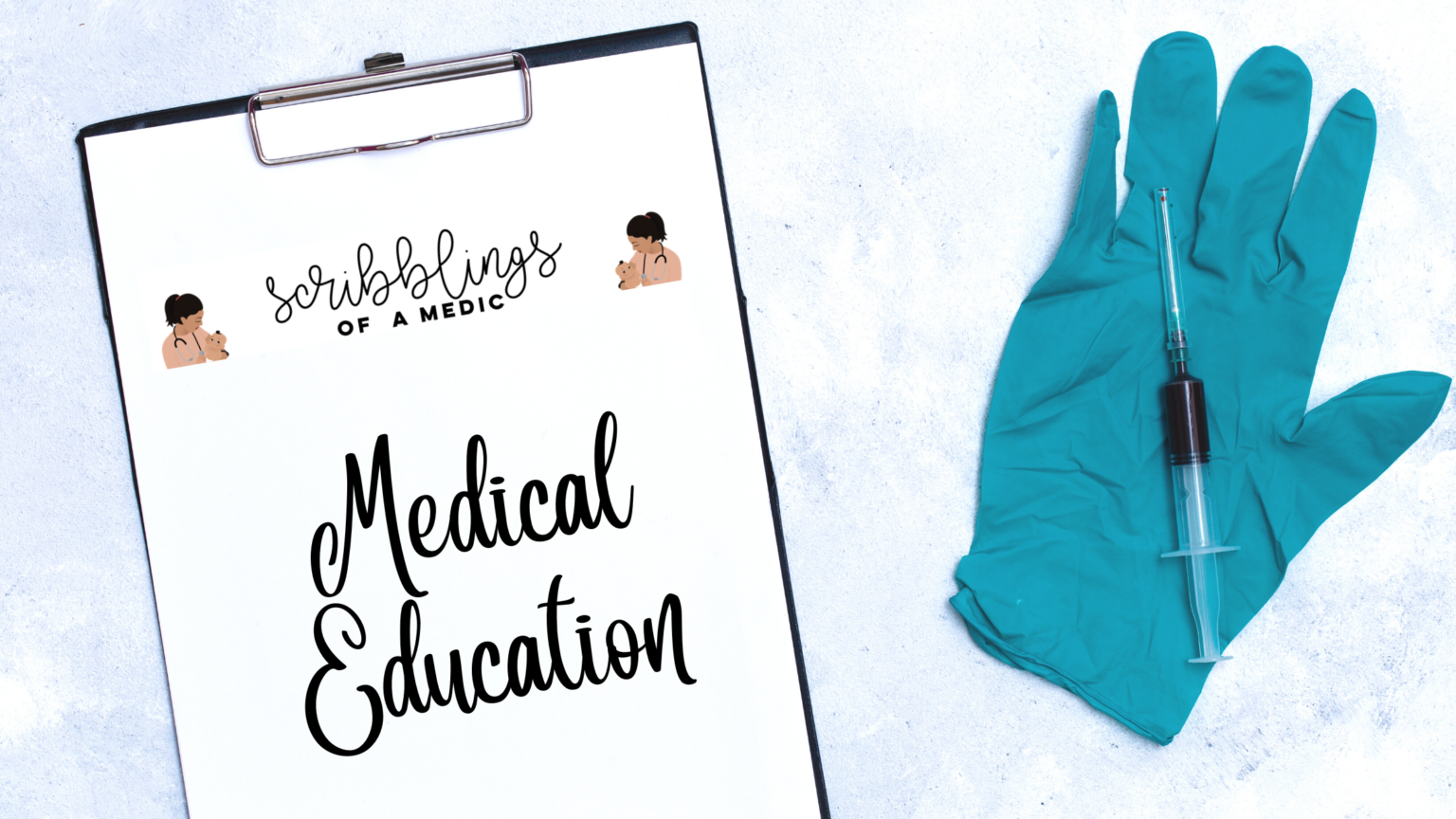You’ll hear the screams in the wee of hours of the morning. Grown burly men will be bought to their knees.
That is the power of a ureteric calculi (Urolithiasis). It’s very common to get at least 2 patients daily with urinary symptoms resembling a ureteric calculi. Painkillers is not just a major part of the management for the patient, but also for your sanity as a doctor because those screams will cause temporary deafness. Jokes aside, this is seriously painful and patients need urgent medical attention.
So what happened?
It’s 3:00 a.m. and I’m fast asleep in the on-call room of the male surgical ward, only to be startled by the high-pitched screams of a patient. The nurse didn’t have to even make a phone call because the anxious intern that is me came rushing out of the room. What I found could not be more comical.
A burly 30 something year old man was writhing around on the floor in pain, crying his eyes out and holding onto his back.
What did you do?
With a patient in that much pain it is very difficult to get a clear history. Therefore I took a quick SOCRATES history to describe the pain and a quick AMPLE history just to check through the allergy and past medical history.
The patient described acute onset (<1 hour) of left sided loin to groin colicky pain. He had experienced this pain one time before. He had no symptoms of vomiting or diarrhoea, but did feel nauseous. He had no fever, dysuria or haematuria.
Luckily for me, the patient was co-operative (this doesn’t normally happen). The patient had tachycardia, but all other vital signs were normal. On abdominal examination, there was marked tenderness even over light palpation of the left flank (renal angle tenderness a.k.a. renal punch). There was no other specific areas of tenderness. Bowel sounds were also present.
Investigations
In my patient I started with the basic bloods and urines, focusing on the urine full report and the urine culture looking for signs of bleeding (increase red blood cells) or infection (pus cells). Basic bloods will include a full blood count, CRP, S. Creatinine, Urea and electrolytes. A full blood count and CRP will be looking for signs of infection whilst the rest of the bloods look for kidney function.
If the patient is a female however always remember to do a urinary hCG to rule out ectopic pregnancies.
A non-contrast CT is the investigation of choice, but of course this is not freely available for all patients so your first line is a KUB x-ray. Ultrasound KUB can also be done, but this does not always find the stone. It can however show obstruction and dilatation. Most stones are radiopaque and will show up on radiography!
In foreign countries, stone analysis is also done if the stone passes through.
Management
The first thing you must do is control the pain. We used to give a diclofenac suppository (NSAID) if there are no contraindications such as asthma or allergy stat. This settled the pain within about half an hour, but later on the consultants requested us to move to more potent analgesics such as IM pethidine. This is an opiate so obviously don’t freely deal out this drug, but when given it must be given with an anti-emetic such as IM phenergen. This works much faster and effectively knocks the patient out.
Rehydration is also necessary for the patients – encourage oral intake.
Most stones will pass out in a few weeks with medical expulsion therapy (recommended for small stones <1cm that are distal). This includes:
- increasing oral intake
- simple analgesia such as paracetamol
- alpha blockers (e.g. tamsulosin)
Larger stones may need surgical intervention such as ESWL (extracorporeal shock wave lithotripsy), percutaneous nephrolithotomy (PCNL), uteroscopy and open surgery.
Conclusion

Bladder stone on KUB X-ray
Ureteric calculi are very common. They are commoner in men and results in writhing pain. The stones vary in size and hence the symptoms vary too. Bladder stones are much rarer, but definitely do occur – mostly as a consequence of infection, stasis or a foreign body.
Some of the risk factors for the formation of stones include anatomical abnormalities, dehydration, gout, hyperparathyroidism, metabolic disorders, drugs (such as diuretics), immobilisation and cystinuria.
The most classical symptom described is loin to groin pain (sometimes even up to the penis/scrotum or labia). This pain is caused due to the spasm of the ureter due to the presence of the stone. The location of the stone will determine if the pain is more lion or groin.
Important points
- Complications of stones include obstruction, infection and recurrence of stones.
- If the patient experiences fever, then you need to strongly suspect pyelonephritis and the patient would require urgent IV antibiotics.
- ALWAYS REMEMBER, AN OBSTRUCTED INFECTED KIDNEY IS A SURGICAL EMERGENCY.
- Prevention of stones include drinking plenty of water, reduce salt and red meat intake and to drink cranberry juice.
All in all, ureteric calculi are very common so be prepared to be woken up at 2:00 a.m. with a grown man screaming and rolling on the floor in pain (tears may be included)!





